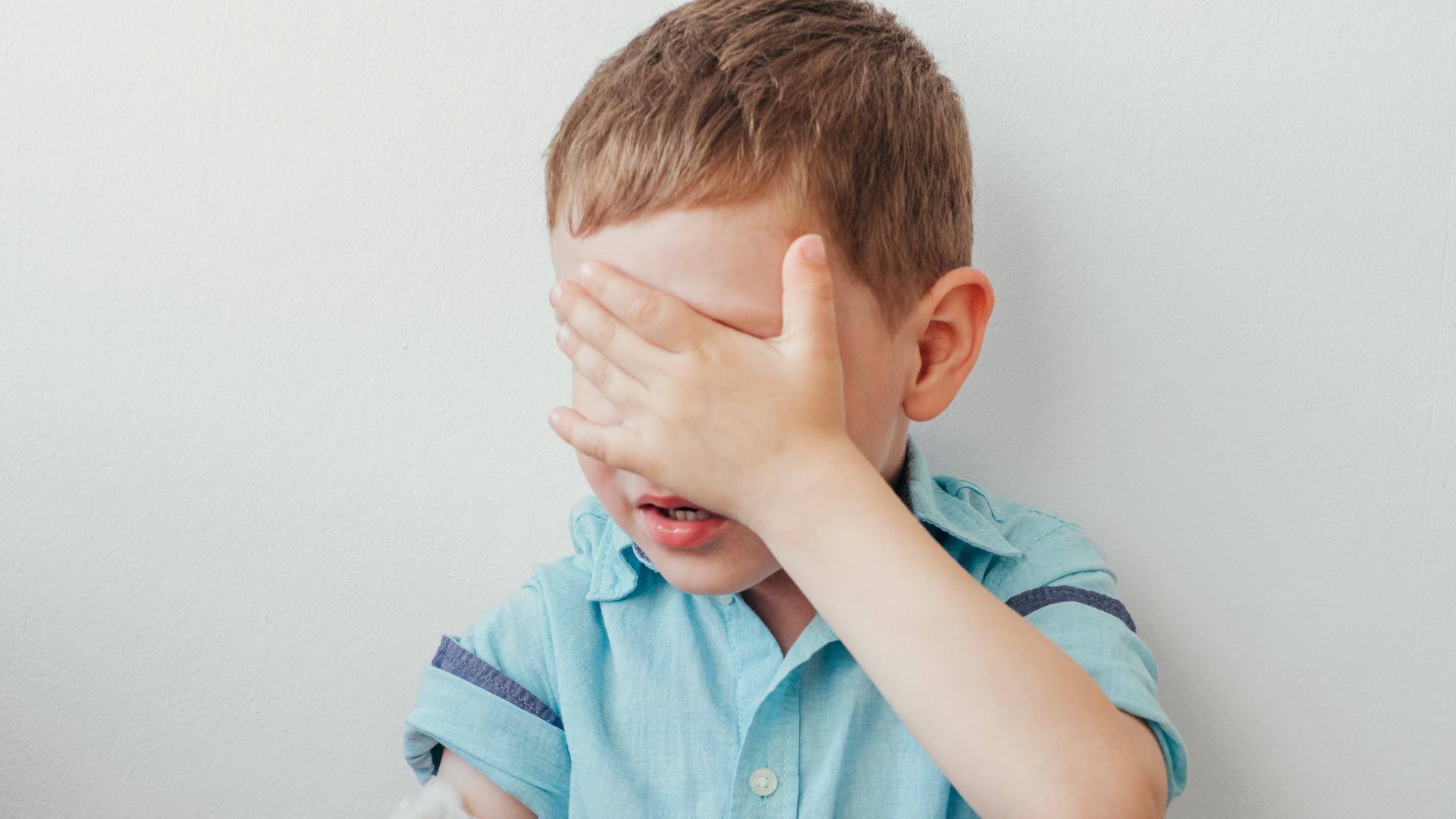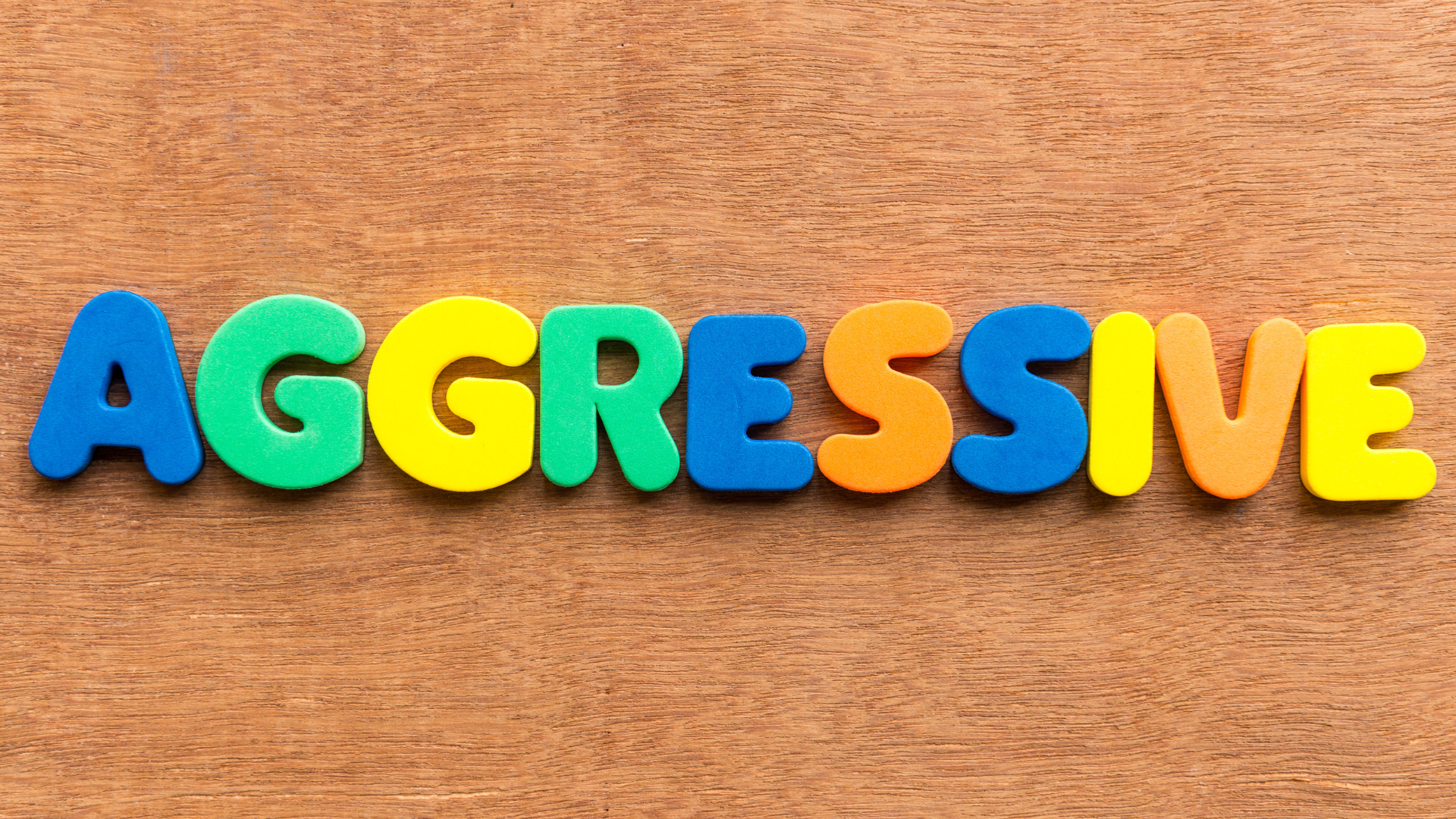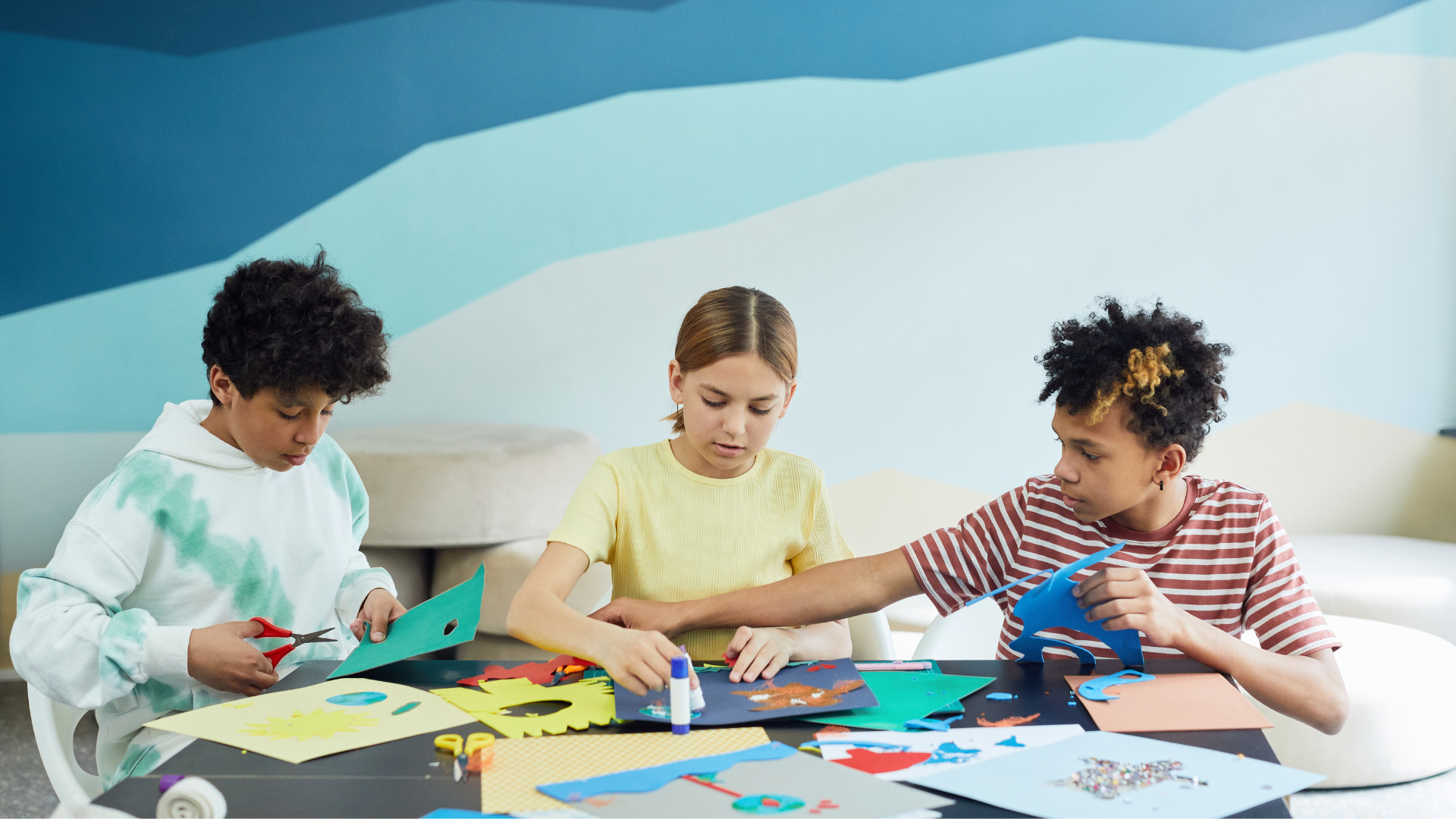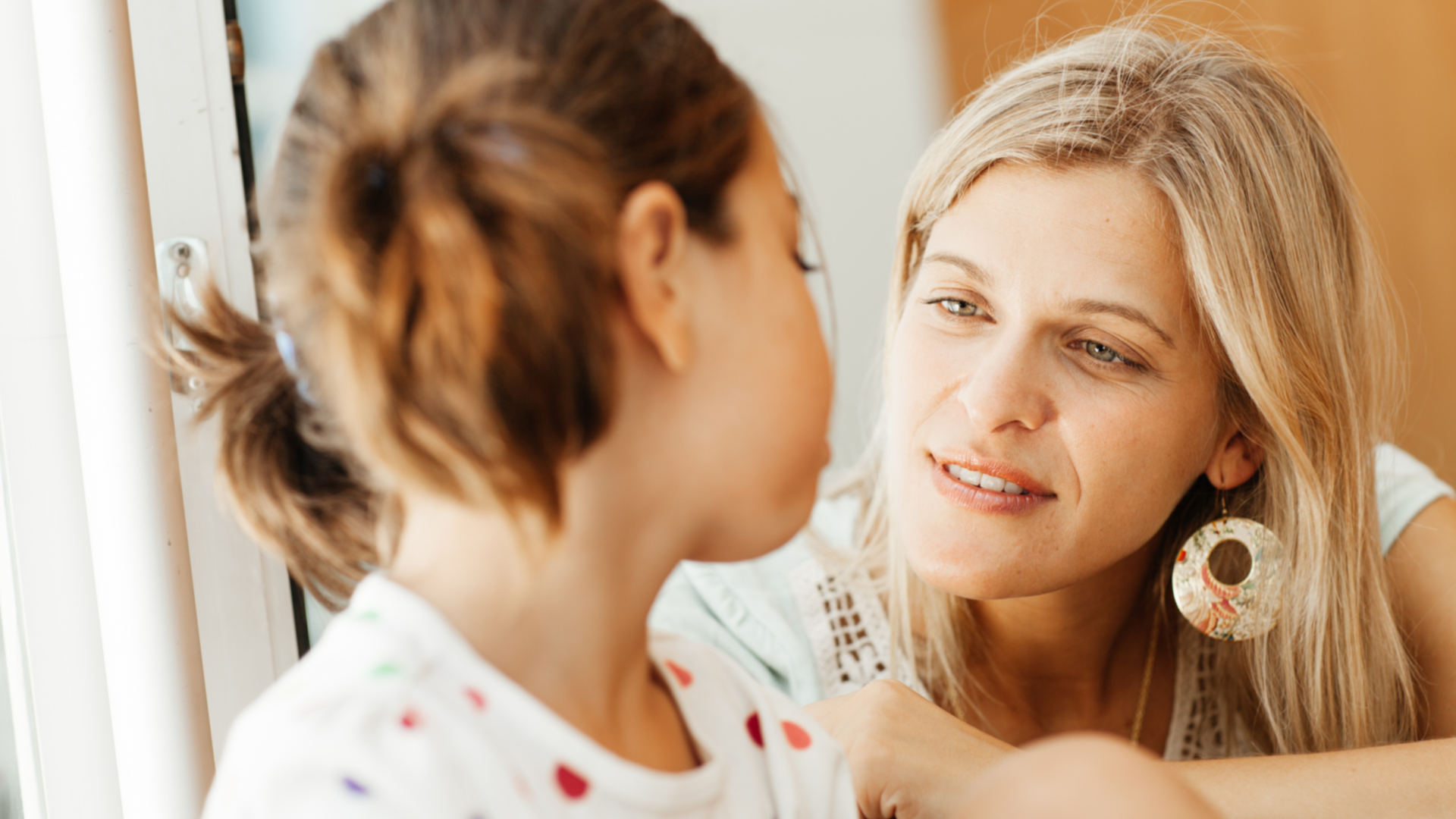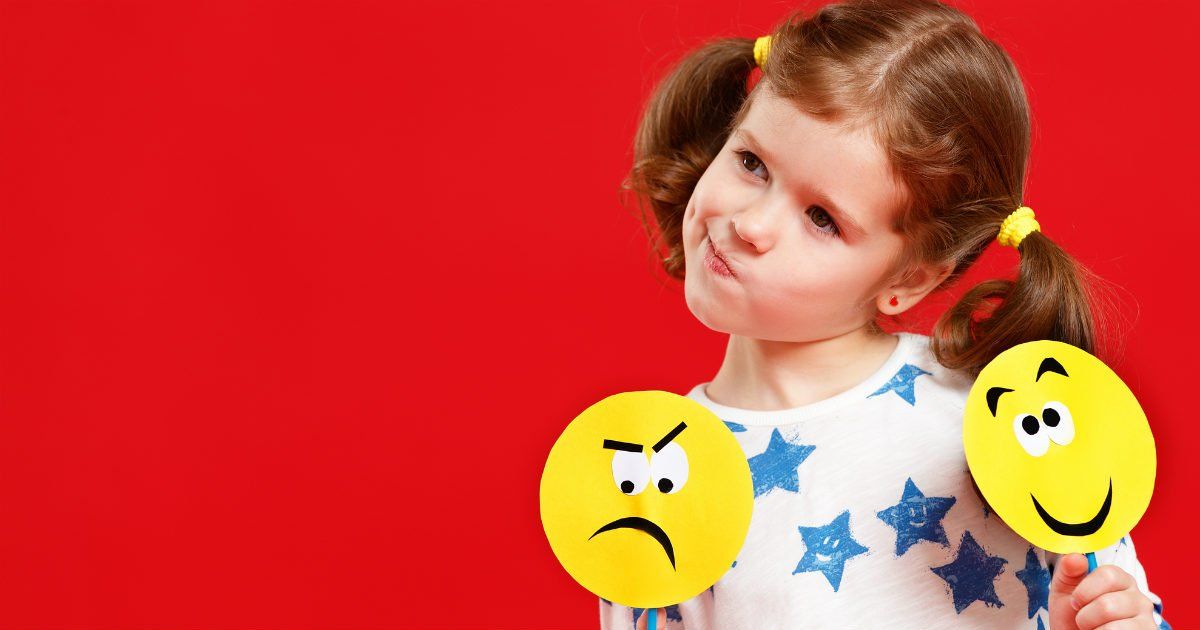EQ vs IQ: Why emotional intelligence will take your kid further in life
Long gone are the days of taking IQ tests. Here's why emotional intelligence is a better predictor of your child’s success
One day on the school bus, six-year-old student Martin Moran gave a toy car he’d brought from home to a boy with special needs. He had noticed that no one ever wanted to sit next to the boy, who was often disruptive during the ride. Martin’s plan worked—the distraction helped the other child focus and stay calm, says Martin’s mom, Jessica Moran.
“It was his idea. Martin’s pretty in tune with other kids’ emotions and came up with that solution on his own,” says Moran.
The story illustrates her son’s high EQ, or emotional intelligence quotient. It’s a skill set that’s been getting a lot of buzz, with some experts and educators saying it matters more than IQ—your child’s intelligence quotient.
Psychologist Daniel Goleman estimates that, at best, IQ makes up only 20 percent of the factors that determine life success, while other forces, such as EQ, wealth, temperament, family education levels and pure luck make up the balance. That means cognitive skills—verbal comprehension, memory, reasoning and processing speed—will help academically, but they will only get a person so far in life. To really go the distance, those IQ traits should be rounded out with social-emotional skills like motivation, perseverance, impulse control, coping mechanisms and the ability to delay gratification.
Goleman, one of the first people to raise awareness of EQ, is the author of Emotional Intelligence , a groundbreaking book that came out in 1995. Since its release, study after study has proven EQ’s importance: that emotional intelligence predicts future success in relationships, health and quality of life. It’s been shown that children with high EQs earn better grades, stay in school longer and make healthier choices overall (for example, they are less likely to smoke); teachers also report that high-EQ students are more co-operative and make better leaders in the classroom. There’s also a relationship between emotional intelligence and bullying, with EQ education initiatives seen as a way to help prevent it. What’s more, having a high emotional intelligence is a greater predictor of career success than having a high IQ, which means it’s valued by employers looking for candidates who can complete work and get along with people in progressively collaborative workplaces.
How do you measure EQ?
A traditional IQ test assesses cognitive abilities through vocabulary, reading comprehension and retention, reasoning and math skills. Meanwhile, EQ assessments test different aspects of emotional intelligence: emotional literacy, empathy, intrinsic motivation and how we navigate emotions. Schools with more progressive approaches to social-emotional learning are starting to assess EQ in students to get a baseline, much like they test math or reading in September to get a sense of where kids are at. Some school counsellors may suggest an EQ test for a child who is struggling socially, to determine which skills to work on.
Just like with IQ scores, an EQ score of 100 is considered average; 115 is awesome, but 85 indicates there are some challenges.
Emotional intelligence quotient scores are in decline all over the world, according to the State of the Heart 2016 report, an annual scorecard by Six Seconds, the Emotional Intelligence Network, a non-profit whose mission is to foster and raise awareness of EQ through research and education. It tracks emotional intelligence levels among 100,000 people in 126 countries using online tests. Some experts blame this decline on increased stress and anxiety levels, which make it harder to cope with life’s curveballs. Another culprit is our growing reliance on technology and social media for communication. We aren’t using the basic face-to-face social and emotional skills that are so crucial to interpersonal relationships and future academic and career success.
In my family, our daughter, Avery, 12, has come to the defence of a boy who has a learning disability by standing up to a group of kids who were taunting him in the schoolyard. “How would you feel if someone called you that?” she challenged them.
Like Martin Moran, Avery is able to understand another’s perspective and then take steps to help that person feel better. Her little brother, my nine-year-old son, Bennett, has autism, so I wonder if perhaps his EQ deficit has boosted Avery’s emotional intelligence. It has forced her, on many occasions, to decipher his feelings based on behavioural rather than verbal cues.
But there’s more to EQ than empathy. The emotionally intelligent child is also one who can label her own emotions accurately, regulate them and control reactions to them; for example, she can verbalize her anger or frustration and think of ways to defuse her feelings rather than throw a book against the wall. A child with a high EQ can also handle more complex social situations and build meaningful friendships, in part because of that ability to relate to or empathize with peers.
As a kid grows into a teen and then an adult, EQ becomes tied to internal motivation and self-regulation. It governs how she makes decisions or harnesses her thoughts and feelings to cope with stress, solve problems and pursue goals. For example, well-developed EQ is personified in the student who can manage her time to complete homework assignments, study for tests, hold down a part-time job and apply to university, all while successfully juggling multiple family and peer relationships.
As my daughter nears adolescence, I’m starting to see how EQ will help her navigate all the social and emotional pitfalls of junior high and prepare her for life as a young adult. At the same time, I worry about my son, whose emotional intelligence is still in its infancy.
The good news? Unlike IQ, which is static, EQ can increase. But to really develop and master those skills, a child may need explicit teaching and practice.
Can you teach EQ?
“There is a component that children are born with, but there’s a large component that’s learned. There’s an intersection between nature and nurture,” says Joshua Freedman, CEO of Six Seconds. Much of that social-emotional piece is being taught in Canadian schools, where the focus for early childhood and primary school education is on social skills and emotional literacy, the term for naming and managing feelings and learning to respond to others’ emotions appropriately.
“What we try to do with young children really focuses on those areas as much as on traditional curriculum goals,” says Marilyn Chapman, a professor emeritus at the University of British Columbia in the faculty of education. Over the years, Chapman has updated the province’s primary education program, which teaches empathy through play, especially in the early grades.
Storytime is also key, in almost any form, including picture books, oral storytelling, dramatic play, role-playing with dolls and letting kids read on their own.
“Kids learn to understand the social world through storytelling—it helps them relate to a situation and learn how to handle events and emotions,” Chapman says. “It’s a powerful way for them to learn to contextualize situations. In kindergarten, it’s learning to be aware of their own feelings, to express those feelings, to be able to get along with other kids, to share, to be responsible—we do a lot of that.”
This may sound like basic stuff, but for kids to focus and to behave in class and to make friends, it’s imperative to master these concepts. (No one wants to play with the kid who doesn’t share or take turns.)
As children progress through the grades, the learning moves from social skills and emotional literacy to social responsibility, or what many elementary schools call “citizenship,” which is learning to be a good community member in the classroom. Kids are encouraged to put away their books and belongings, to be respectful of others’ work and ideas and to tackle projects that make the school or community better for everyone. (For example, the grade six students at Avery’s Calgary school spearheaded a campaign to collect winter clothing donations for a local charity.)
Social initiatives like this are important because they teach kids that they are part of something larger than themselves, says Chapman.“We are interdependent and we have to be socially responsible—whether in a classroom or a community,” she says.
Participating in Roots of Empathy is another way schools are teaching emotional intelligence in the classroom. This widespread program—it ran in almost 2,400 Canadian schools in 10 provinces in 2016—teaches empathy through regular visits from a parent and baby. During each session, a trained facilitator guides the students’ observations about the baby’s feelings by helping them recognize and name what different facial expressions or vocalizations might mean. Then the kids are coached to think about a time when they felt scared or frustrated or sad, for example.
When children realize all humans—even babies—have these emotions, it’s the beginning of empathy, says Carolyn Parkes, the North American director of Roots of Empathy. Not only that, but when students learn to empathize, it becomes harder to be mean to peers.
“The research on Roots of Empathy shows that there’s a reduction in aggression and an increase in pro-social behaviours,” says Parkes. “When you understand another person’s feelings and who they are, it’s really hard to be hurtful to them. So the bullying decreases as a result.”
Joshua Freedman wants schools to approach social-emotional learning in a more systemic, developmental way. “I would like to see schools treat it much like math or any other area where there’s a scope and sequence. And we assess it, we focus on it, with time dedicated to it, and we don’t just do it for a couple days here and there,” says Freedman, although he concedes that any time spent developing EQ pays off.
In one Six Seconds study, the organization found that when a high school math teacher spent time on social emotional learning, the rest of the more traditional math lessons were easier to get through (compared with classes that didn’t have the EQ component). The teacher dedicated one class a week to emotional intelligence. She started by checking in with the students about how they were feeling and then moved on to an EQ exercise: for example, watching a video clip that dealt with a difficult decision and talking afterward about what made it hard. Finally, the teacher asked the students to write about a similar challenge or problem they were facing and then brainstorm solutions. The teacher attributed the results—improved math learning following EQ exercises over a three-month period—to better relationships, better communication and better context for problem solving in the classroom.
“It’s really a beautiful situation,” says Freedman. “By focusing a little time on social-emotional learning, we actually can go further in academics.”
Modelling EQ begins at home
Parents begin teaching emotional literacy to their kids from infancy. “One of the things that’s really important in the early years is for children to be able to understand how they’re feeling and to be able to put words to those feelings rather than acting out,” says Chapman.
She says the peak time for physical aggression in children is between ages two and five—before they start school. It’s a time when kids grab, hit or bite because they don’t have the language to express themselves adequately. But their aggressive communication presents an opportunity for parents to help them name those feelings and to coach them—through play or by moderating their play with other children—on how to get along.
Parents should also take a close look at their own emotional intelligence, says May Duong, director of parent education for Six Seconds. “It starts with our own self-awareness,” says Duong. Her organization has found that parents who participated in EQ workshops had better family interactions as well.
Have you ever told your kids to “suck it up” when they were sad or disappointed? Or responded to a crying child with, “You’re fine,” or “Don’t be sad”? That’s not very empathetic. Slowing down and trying to be less dismissive of how our kids are feeling is the goal.
Freedman, a dad to two teenagers, thinks parents have a tendency to dismiss children’s feelings because we don’t know what to do with them—their emotions are so very big and raw that we want to flip the happy switch as quickly as possible.
“When my kids are expressing strong feelings, I feel overwhelmed,” says Freedman. “But one of the things I’ve learned is that most of the time, I don’t have to do anything. Kids cry and you want to fix it. Instead, just sit. Bite your tongue.” You can validate or mirror their feelings, but ultimately, he says, “It’s their job to learn how to fix it. You can help them by coaching them in the moment.”
High EQ as a job requirement
Companies know that employees who score well on emotional intelligence will not only be able to do the job but will also be better equipped to read workplace situations, get along with co-workers, collaborate and solve problems.
“Employers of today are looking for individuals with high EQ. We’re working with companies like Google, American Express, and FedEx—and it’s high on their list when they select people,” says Steven Stein, CEO of Multi-Health Systems, a test-publishing company that came up with the EQi, one of the first tests of emotional intelligence. Testing prospective employees—usually as part of the final interview process—is legal, as long as it relates to the job they’re applying for, he says.
“We’re going on some pretty hard data when we select people,” says Stein, who has also authored The EQ Edge: Emotional Intelligence and Your Success and Emotional Intelligence for Dummies.
Employers testing the EQ of applicants illustrates a major shift in thinking, and it’s all the more reason I’ll continue to nurture my kids’ emotional intelligence. Their EQ—together with their IQ—will help pave a path to future success in all aspects of life.
Read the original blog post on Today's Parent
Share Post
Complete the following form if you require more info about EQ4kids or want to enroll your child at your nearest Franchise.
Blog Enquiry
